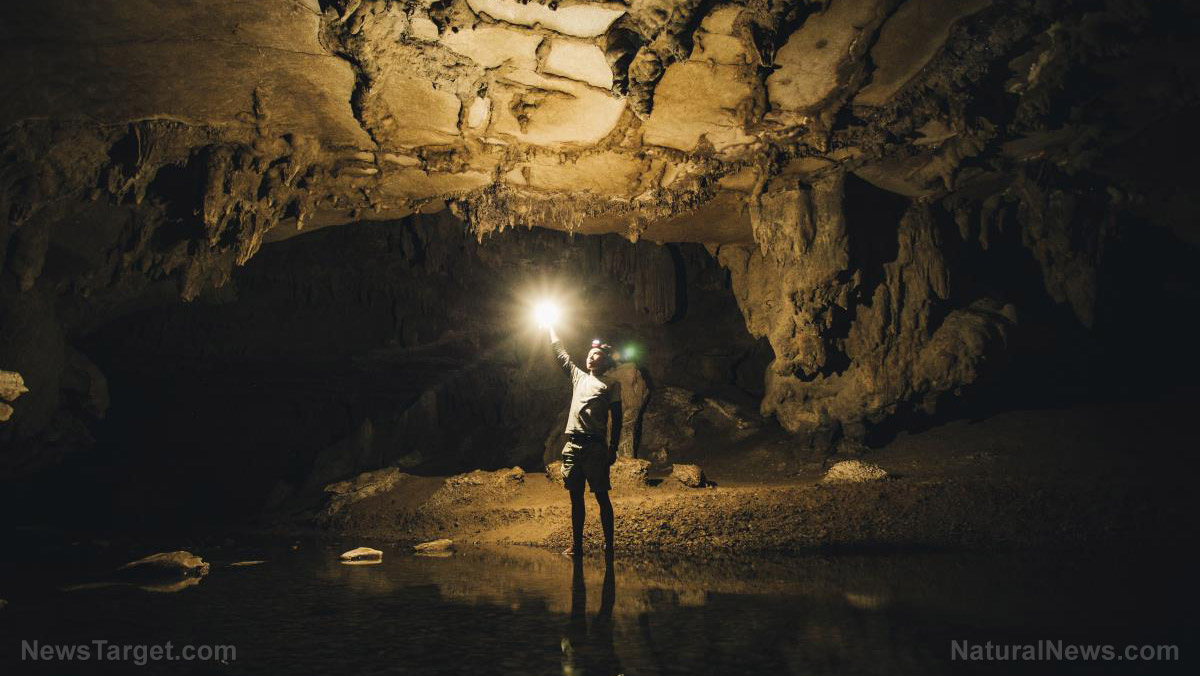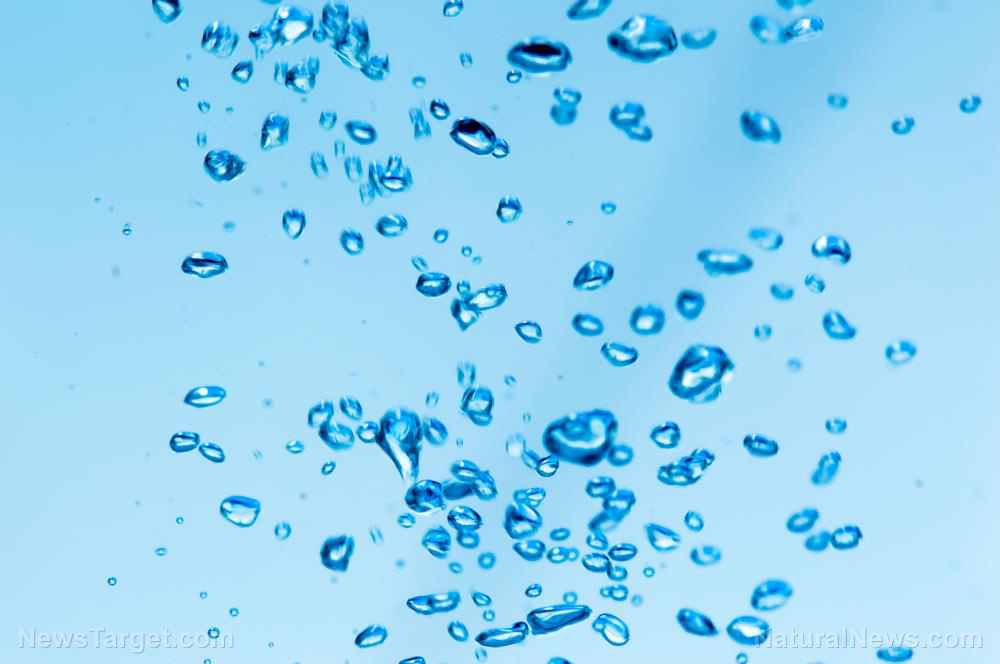Scientists explore lava tubes in Hawaii to prepare for Mars and moon exploration
08/30/2021 / By Virgilio Marin

Researchers are plumbing the depths of Mauna Loa in Hawaii to study the volcano’s lava tubes. The researchers wear bulky suits like those required for space exploration while navigating volcanic terrain and conducting research. Besides studying the environment and organisms living there, the team’s goal is to prepare for the unique challenges of living in space, particularly on Mars and the moon.
When they’re not spelunking, the researchers stay in a research station that doubles as a Mars analog habitat. Launched in 2012 as part of the Hawaii Space Exploration Analog and Simulation (Hi-SEAS) program, the research station is a 1,200-square foot dome along the slopes of Mauna Loa. It is currently operated by the International MoonBase Alliance (IMBA), an association of scientists and other stakeholders working to develop the first international lunar base.
So far, the Hi-SEAS program organized five successful analog missions that mimicked the experience of living on Mars and the moon. Hi-SEAS director Michaela Musilova offered a glimpse into such missions in a March 19 virtual presentation during the 52nd Lunar and Planetary Science Conference.
Living an astronaut life to prepare for space
According to Musilova, teams of no more than six crew members live in the habitat for weeks or months at a stretch. Each member has a specialized role, such as a commander, operations officer, crew engineer and science communicator. But tasks are also shared among the crew as needed.
“We usually have multiple crew members that can do similar tasks, and if someone is hurt or tired, there’s always someone that can replace them,” she told Live Science.
As would be the case in space, resources such as food, water and power are limited and therefore are strictly monitored. Crew members also exit the habitat only after putting on protective suits, helmets and life-support systems. Wearing this ensemble, they descend deep underground to gather critical data on the geology of lava tubes and the ecosystems found there.
Lava tubes, or pyroducts, are passageways that form when large lava flows drain into other areas after an eruption, leaving behind tunnels that are still hot from the lava. These natural passageways are quite common in Mauna Loa but also abound in space, particularly on the subsurface of rocky worlds.
Lunar and Martian lava tubes are ideal locations for space colonies because they are underground. They can provide protection from cosmic rays and meteorites and are much more spacious than Earth’s lava tubes. Additionally, they are not prone to caving in due to the lower gravity on those worlds. (Related: Scientists say the Moon and Mars may have lava tubes so large, they could be used as permanent base structures for colonization.)
But extensive preparation is needed before humans can inhabit such environments. “We have to prepare for everything in as much detail as you can, because in space, so many things can go wrong – even the smallest things can affect the mission and cost someone their life,” Musilova explained.
Studying extremophiles
The Hi-SEAS team partnered with the National Aeronautics and Space Administration to study Mauna Loa’s extremophiles, or organisms that thrive under extreme conditions, as well the deposits they leave in the mountain’s lava tubes.
According to Musilova, studying extremophiles and their byproducts could reveal how different factors influence the organisms that potentially live on extraterrestrial lava tubes, particularly those on Mars and the moon. Lava tubes on these two worlds are thought to be promising locations for finding signs of alien life.
But before a search can be carried out, it’s important to consider the physical requirements of that work. Biological samples are easily contaminated and carrying out sensitive tasks becomes even more challenging when wearing heavy gear. (Related: Space cooties: Should astronauts be worried about fungi on space stations?.)
“Even without an analog spacesuit, it can take hours to collect certain samples when you’re trying to do it carefully,” Musilova said. But that’s why the Hi-SEAS program exists – it trains astronauts to-be for space exploration.
“The more we can prepare on Earth for what we’re planning on doing in space, the better,” Musilova added.
Visit Space.news to learn more about how astronauts prepare for a mission to outer space.
Sources include:
Tagged Under: cool science, cosmic, ecosystems, environment, extremophiles, geology, Hawaii, Hi-SEAS, lava tubes, Mars, Mauna Loa, Moon, research, Space, space exploration
RECENT NEWS & ARTICLES
COPYRIGHT © 2017 FUTURE SCIENCE NEWS




















